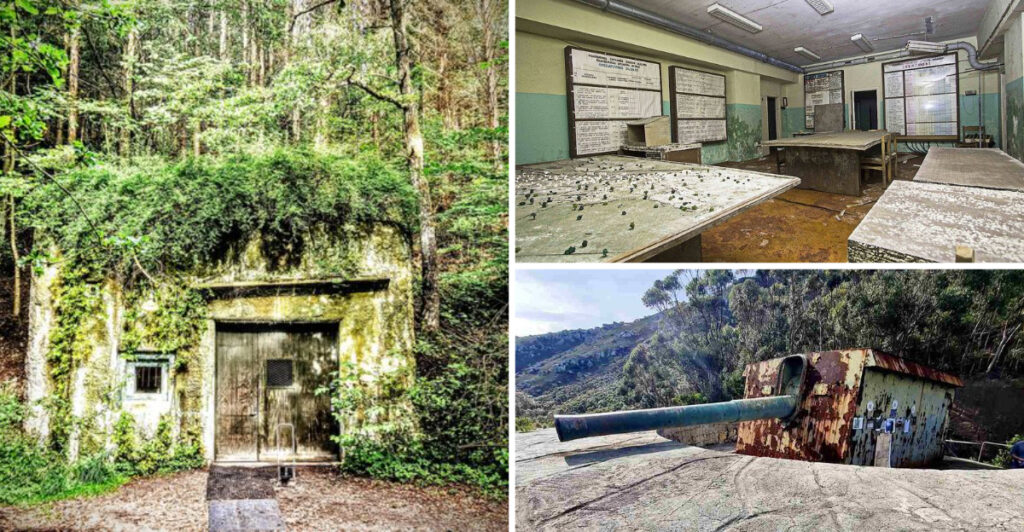Hidden beneath layers of history, forgotten war bunkers hold secrets of the past. These relics, often unseen and overlooked, offer a glimpse into the lives and times of those who lived through conflict. Each bunker is a time capsule, preserving artifacts and stories that tell of strategies, survival, and the human spirit. In this article, we explore 20 such forgotten bunkers, uncovering the treasures and tales they hold. Join us on this journey through time and discover what lies within these hidden chambers of history.
1. The Enigmatic Safehouse
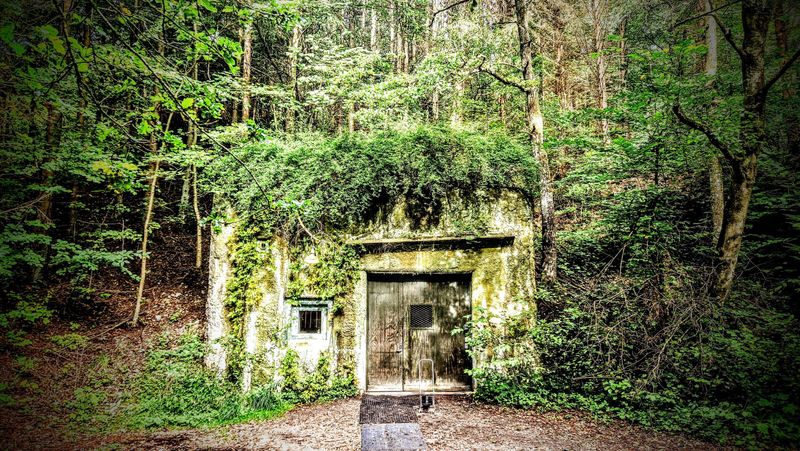
In the heart of a dense forest, an enigmatic safehouse lay forgotten. Its concrete walls, now overgrown with moss, once housed soldiers strategizing their next move. Inside, a dusty table still holds faded maps and communication devices. The silence here is palpable, broken only by the rustle of leaves. This bunker was a lifeline during desperate times, providing refuge and hope. A place where whispers of plans echoed, and resilience was forged. Today, it stands as a testament to human ingenuity and perseverance.
2. The Rusting Armory

Nestled deep within the shadows, a collection of rusting World War II weapons lay forgotten. Their once formidable presence now reduced to relics of a turbulent past. The metallic smell of decay hangs thick in the air, mingling with the dust of decades.
Crates of ammunition, unopened, stand as silent witnesses to conflicts that never came. Each item tells a silent story of human ingenuity and the unyielding drive to protect. Who last held these instruments of war, and what thoughts ran through their mind? This somber armory echoes with memories untold, inviting reflection on history’s lessons.
3. The Soldier’s Diary
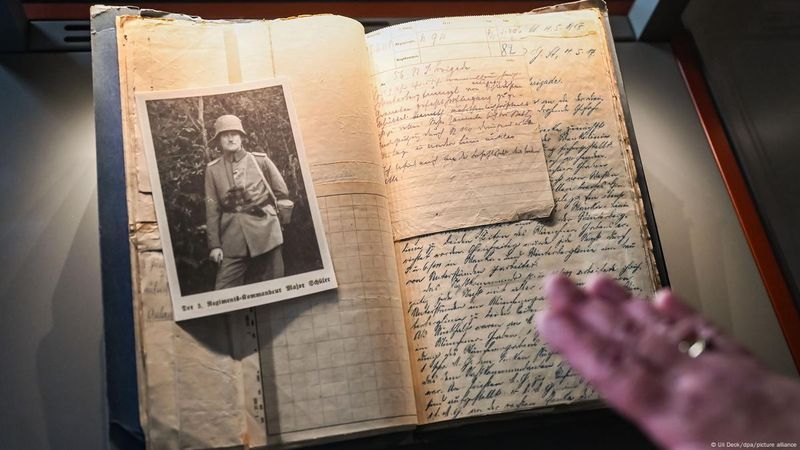
Hidden beneath a pile of debris, a soldier’s diary emerges as a poignant reminder of personal sacrifice. Its pages, yellowed by time, narrate the daily struggles and fleeting joys of life during war.
The ink, though faded, speaks volumes. Beneath the hardened exterior of military life, human vulnerability shines through.
Every entry draws the reader into a world of camaraderie, fear, and hope. As the pages turn, one feels the heartbeat of history, the pulse of a life once lived. This diary bridges the past to the present, whispering secrets longing to be heard.
4. The Propaganda Posters
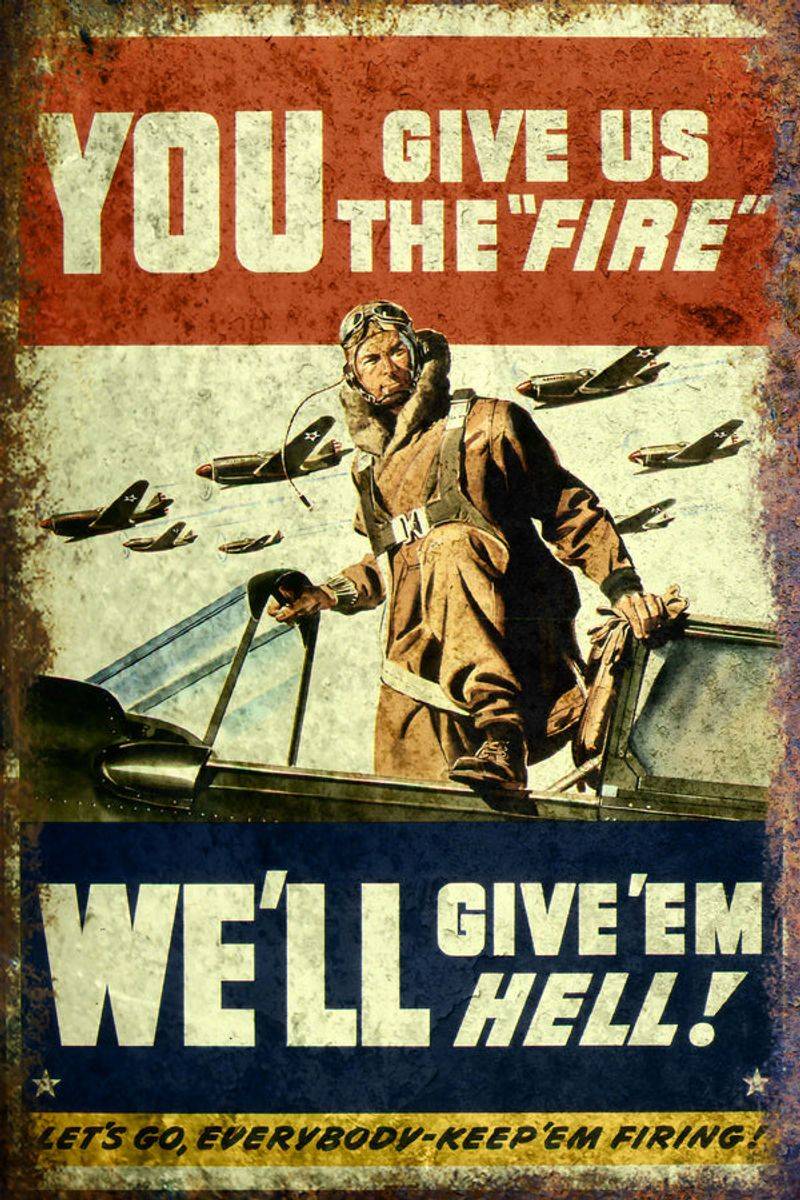
The walls of this forgotten bunker are adorned with propaganda posters, their colors faded but messages still clear. Each poster serves as a vivid reminder of the power of persuasion during war.
Bold slogans and striking imagery, once tools of morale-boosting, now tell tales of a society rallying together against adversity.
These posters, though peeling and aged, echo with the fervor of a time when words were as powerful as weapons. They remind us of the human spirit’s resilience and the role of art in navigating the storm of conflict.
5. The Hidden Ration Stash
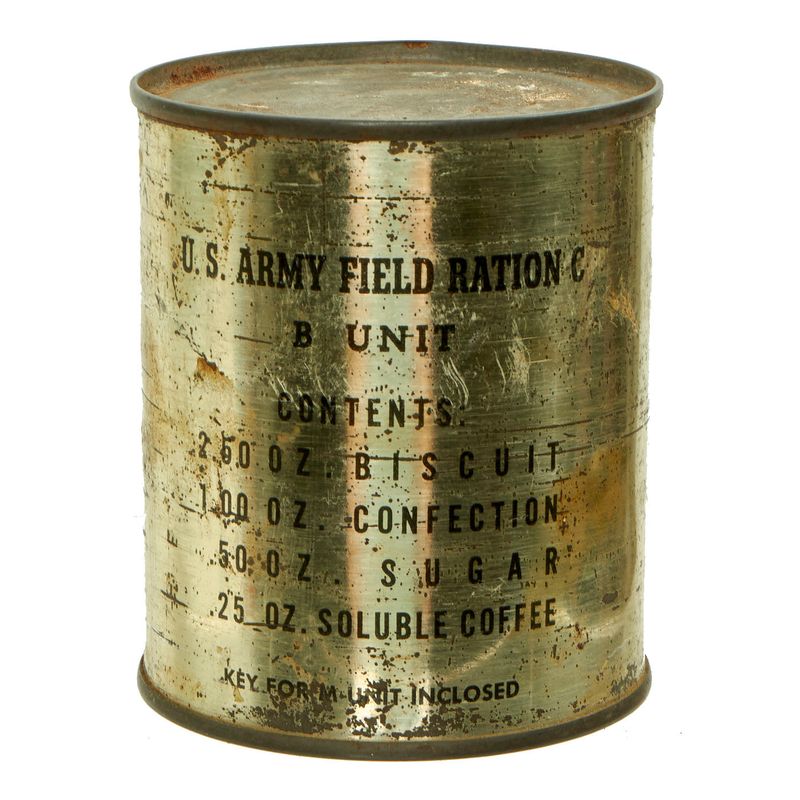
In a cobwebbed corner rests an unexpected treasure: a hidden stash of unopened rations. These vintage food supplies, preserved through time, speak of a world where survival was paramount.
Each tin tells a story of foresight and preparation, a silent testament to the uncertainty of war. The labels, though faded, hint at a simpler culinary past.
These rations, untouched by time and conflict, offer a taste of history as tangible as it is evocative. They stand as a reminder of the human will to endure in the face of adversity, a glimpse into the daily realities of wartime life.
6. The Abandoned Medical Kit
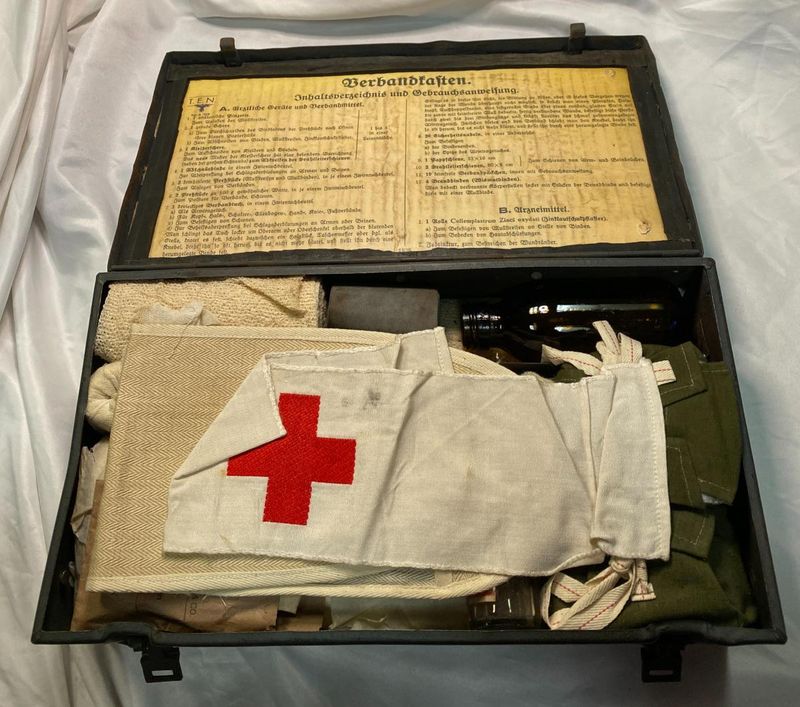
Scattered across the cold concrete floor lies an abandoned medical kit, a relic from a time when every second counted. The vintage bandages and aged tools speak of urgent care administered in the shadows of conflict.
Each item whispers stories of desperation and hope, where saving a life was both a duty and a race against time.
This kit, though forgotten, embodies the compassion and courage of medics who worked tirelessly amidst chaos. It stands as a poignant symbol of the human spirit’s unyielding drive to heal, even in the harshest conditions.
7. The Artillery’s Echo

Overgrown and silent, a row of rusting artillery cannons stands as a testament to bygone battles. Once the backbone of war strategies, these cannons now echo with a different sound—the quiet of abandonment.
Nature has begun its reclamation, weaving vines through steel, softening the harsh lines of war.
The artillery, though imposing, tells a story of shifting priorities and the passage of time. These once-mighty machines now serve as reminders of the temporary nature of conflict and the enduring resilience of the earth beneath.
8. The Escape Tunnel
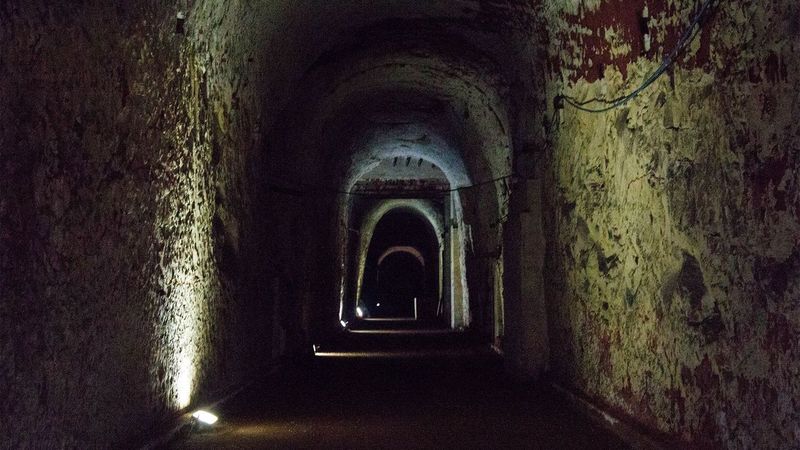
Carved into the earth, the escape tunnel stretches into darkness, a lifeline for those who once sought freedom. Its narrow walls and claustrophobic atmosphere speak of urgency and desperation.
At the tunnel’s end, a faint glimpse of daylight offers a beacon of hope, a promise of life beyond conflict.
The tunnel stands as a silent witness to the countless souls who risked everything for a chance at peace. It embodies the indomitable will to survive, a testament to the spirit’s unyielding quest for liberation amidst confinement.
9. The Command Room
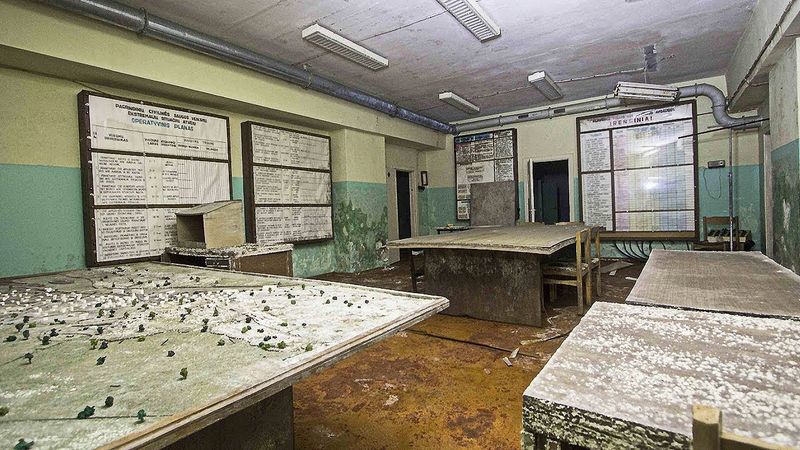
In the heart of the bunker lies the command room, once bustling with authority and strategy. Dusty maps cover the table, remnants of plans that shaped history.
Vintage communication equipment, silent now, stands as a relic of coordination and control. The room speaks of long nights and critical decisions that tipped the balance of war.
This command center, though dormant, echoes with the tension and urgency of its past. It serves as a monument to human ingenuity and the relentless pursuit of victory, a snapshot of the minds that once directed the chaos of battle.
10. The Soldier’s Graffiti
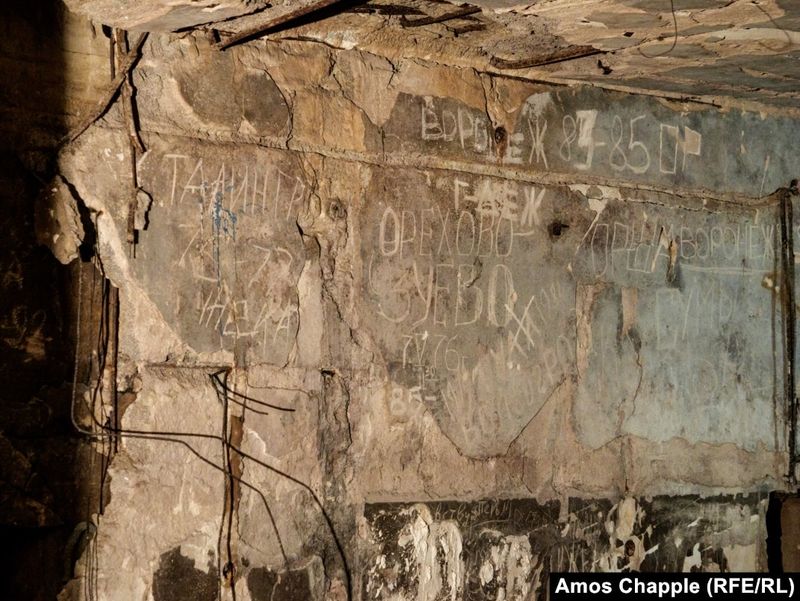
Etched into the concrete walls, soldiers’ graffiti offers a raw, personal glimpse into wartime life. Simple drawings and heartfelt messages reveal the humanity behind the uniform.
These etchings, carved with care, speak to the soldier’s need for expression amidst turmoil. They are windows into moments of boredom, fear, and camaraderie.
The graffiti, though rudimentary, tells stories of identity and resilience. It serves as a testament to the enduring human spirit, capturing the essence of those who lived and fought within these walls, now echoing through time.
11. The Old Radio Broadcast
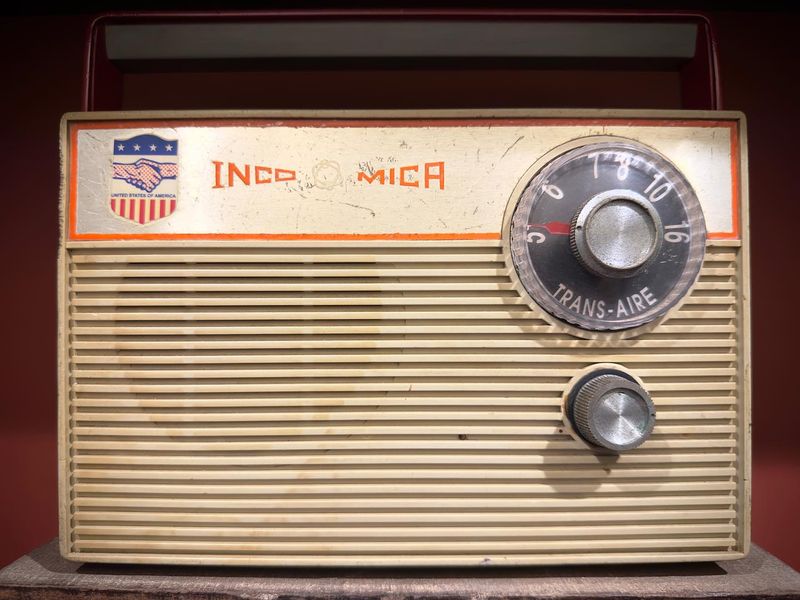
A vintage radio set, dusty yet dignified, sits forgotten in a corner. Once a lifeline of information and morale, it now echoes the static of silence.
The soft glow of its dials hints at the voices that once filled the room, bringing news from the outside world. This radio, a beacon of connection, united soldiers and civilians alike.
It stands as a relic of hope and unity, a reminder of the power of communication in times of isolation. The radio’s presence is a poignant reminder of the ties that bind, even amidst the chaos of conflict.
12. The Bunker Chapel
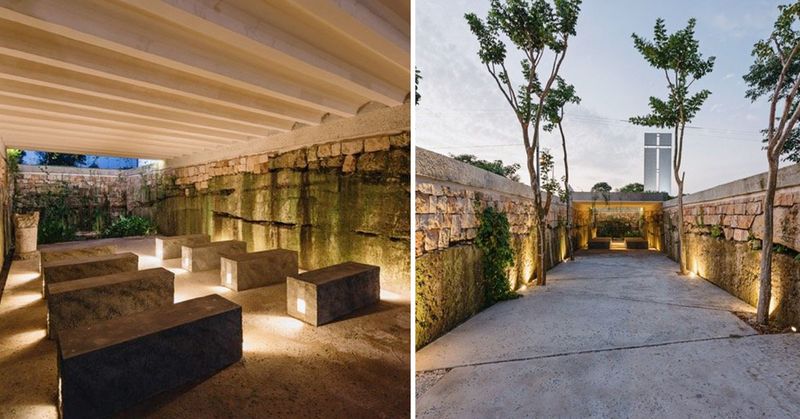
Beneath layers of concrete, an underground chapel offers a sanctuary of peace. Simple wooden benches lead to a small altar adorned with a cross.
This sacred space, carved out of necessity, provided solace and reflection for weary souls. The chapel stands as a testament to the enduring need for faith and hope in the darkest of times.
Here, amidst the chaos, soldiers sought comfort and strength. This humble chapel embodies the spiritual resilience that can thrive even in the heart of conflict, a haven of tranquility in a world torn asunder.
13. The Forgotten Mess Hall

The once bustling mess hall now stands eerily silent, its long wooden tables and scattered cutlery a reminder of camaraderie shared over meals. Rusted utensils lie forgotten, bearing witness to laughter and conversations echoing through time.
This space, once a hub of daily life, now whispers of shared stories and bonds formed over simple meals. The mess hall, though abandoned, reflects the enduring human need for connection and community.
It remains a poignant reminder of the small moments that provided respite and normalcy amidst the backdrop of uncertainty.
14. The Wartime Love Letters
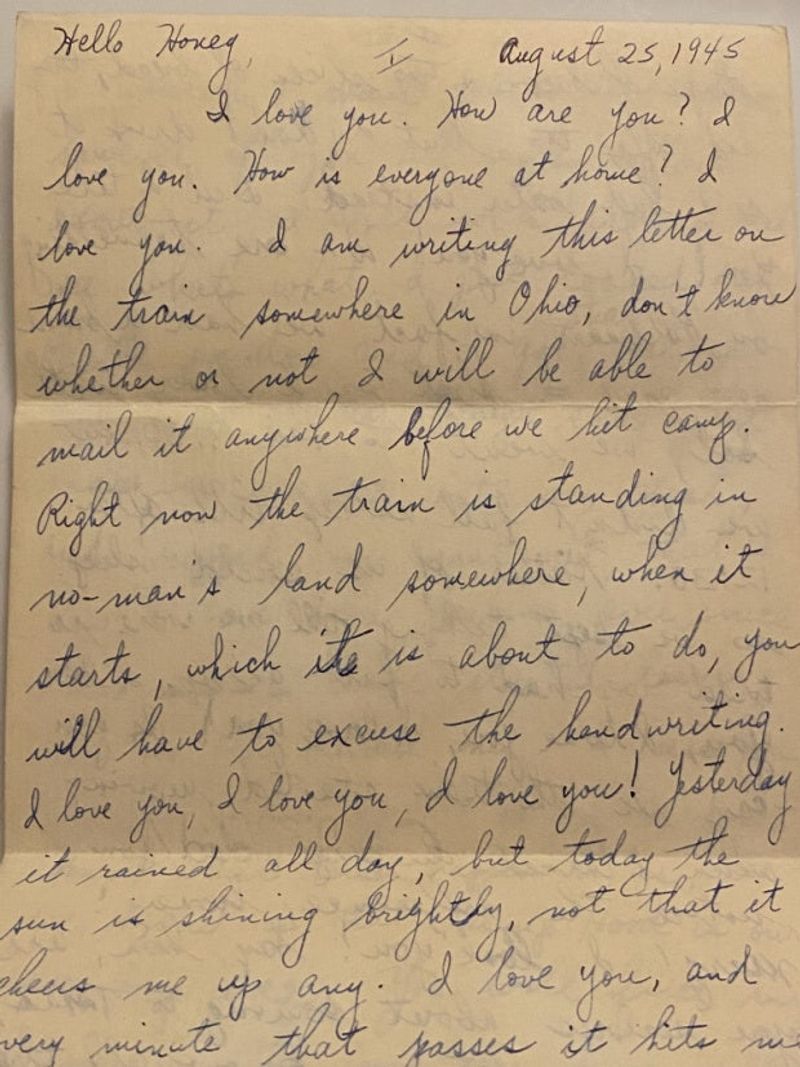
Amidst the dust and decay, a stack of wartime love letters tells tales of passion and longing. Each letter, tied with care, bridges the distance between hearts separated by conflict.
The paper, yellowed with age, carries whispers of affection that transcended the chaos of war. These letters, tenderly penned, reflect the enduring power of love.
They stand as a testament to the human capacity for hope and connection, even in the darkest times. Each word, though faded, continues to resonate with the timeless emotions that bind us all.
15. The Underground Kitchen
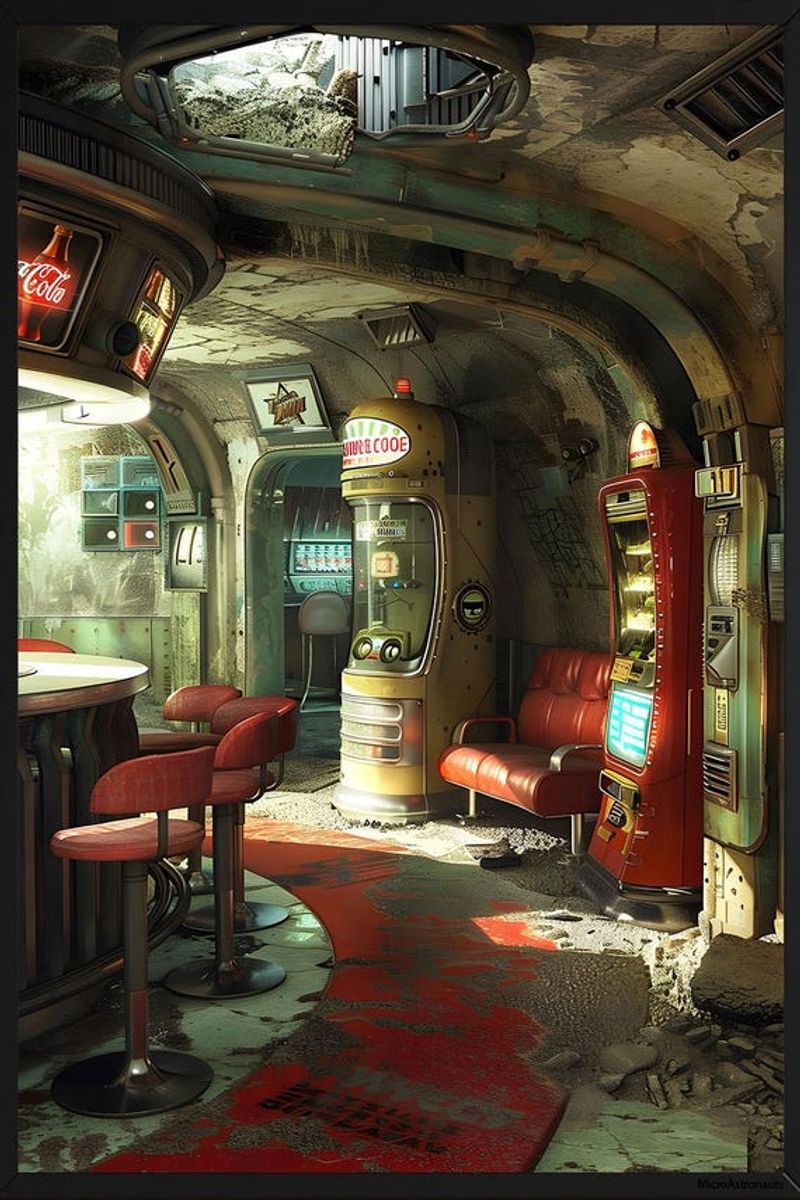
Tucked away beneath layers of concrete, the underground kitchen once served as the heart of daily sustenance. Vintage utensils and a rusty stove tell a story of ingenuity and resourcefulness.
Every pot and pan reflects the creativity required to nourish body and soul during confinement. This kitchen, though silent, echoes with the clatter of meals prepared under pressure.
It stands as a tribute to the human ability to adapt and thrive in adversity. Here, culinary skill became an act of survival, transforming scarcity into sustenance, and providing comfort amidst chaos.
16. The Secret Map Room

In the dim light of the bunker, the secret map room reveals its hidden treasures. Old maps, pinned to the walls, chart territories long contested and strategies once planned.
A single lamp casts shadows over a central table, inviting whispers of espionage and intrigue. The room, though abandoned, vibrates with the echoes of clandestine meetings.
These maps, with their intricate markings, tell stories of plans conceived in secrecy. They capture the imagination and reflect the relentless pursuit of knowledge and advantage in the theater of war.
17. The Emergency Generator
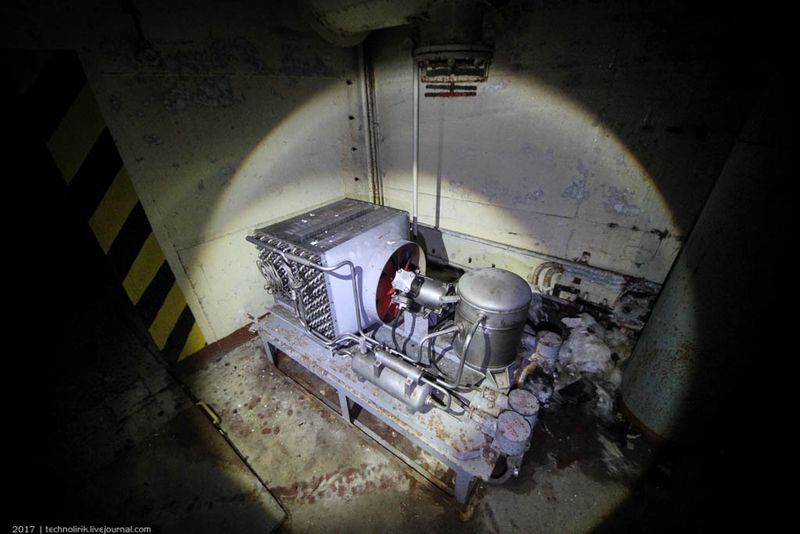
The vintage emergency generator, with its exposed gears and wires, stands as a testament to resilience in crisis. Partially covered in dust, it whispers of nights when every spark of power was vital.
This generator, once a lifeline, provided light in the darkest hours, fueling hope and perseverance. Its hum, now silent, is a reminder of the ingenuity that powered survival.
Here, human ingenuity meets mechanical might, creating a beacon of endurance. The generator remains a symbol of the irrepressible drive to overcome and adapt, even when the world seemed shrouded in shadow.
18. The Forgotten Workshop
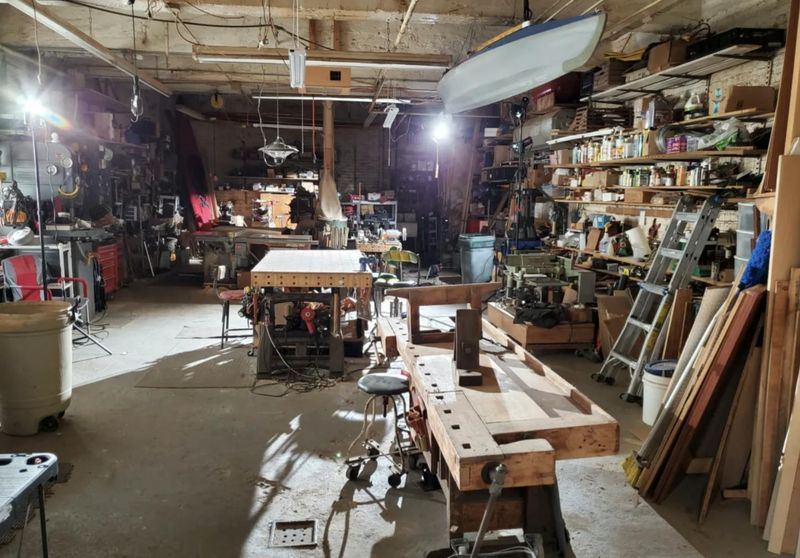
The cluttered workshop, filled with vintage tools and half-finished projects, tells stories of creativity and innovation. Scattered across the wooden bench are remnants of efforts to repair and repurpose.
This workshop, though silent, buzzes with the energy of past endeavors. It reflects the spirit of self-reliance and the relentless drive to mend and make do.
Here, every tool and project speaks to the ingenuity that thrived in adversity. The workshop stands as a tribute to the human capacity for problem-solving, a sanctuary where necessity birthed invention.
19. The Weather Station
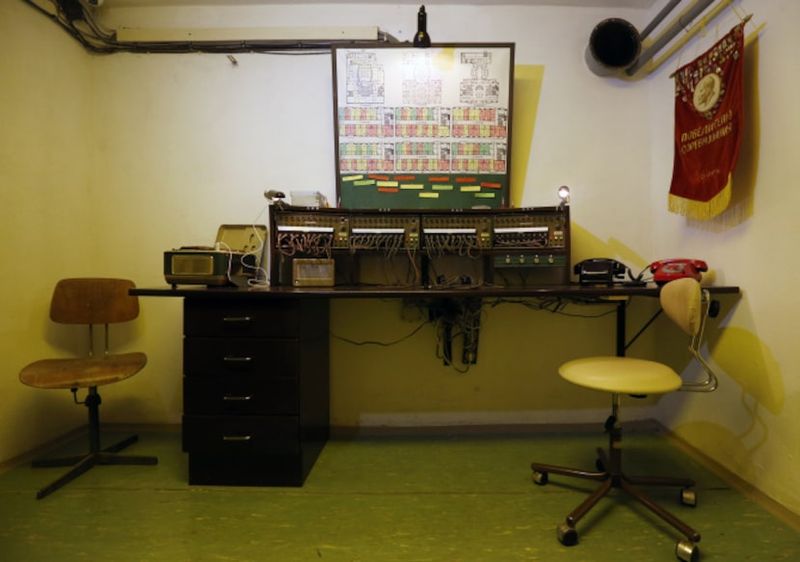
Inside the bunker, the old weather station serves as a window to nature’s patterns. Vintage meteorological instruments and charts tell stories of forecasts that guided wartime decisions.
The station, though dormant, hums with the echoes of observations meticulously recorded. It reflects the vital role of weather in the theater of war, where every prediction could tip the scales of fate.
This weather station captures the delicate balance between human plans and natural forces. It remains a symbol of our quest to understand and predict, to navigate through both storm and sunshine.
20. The Underground Library
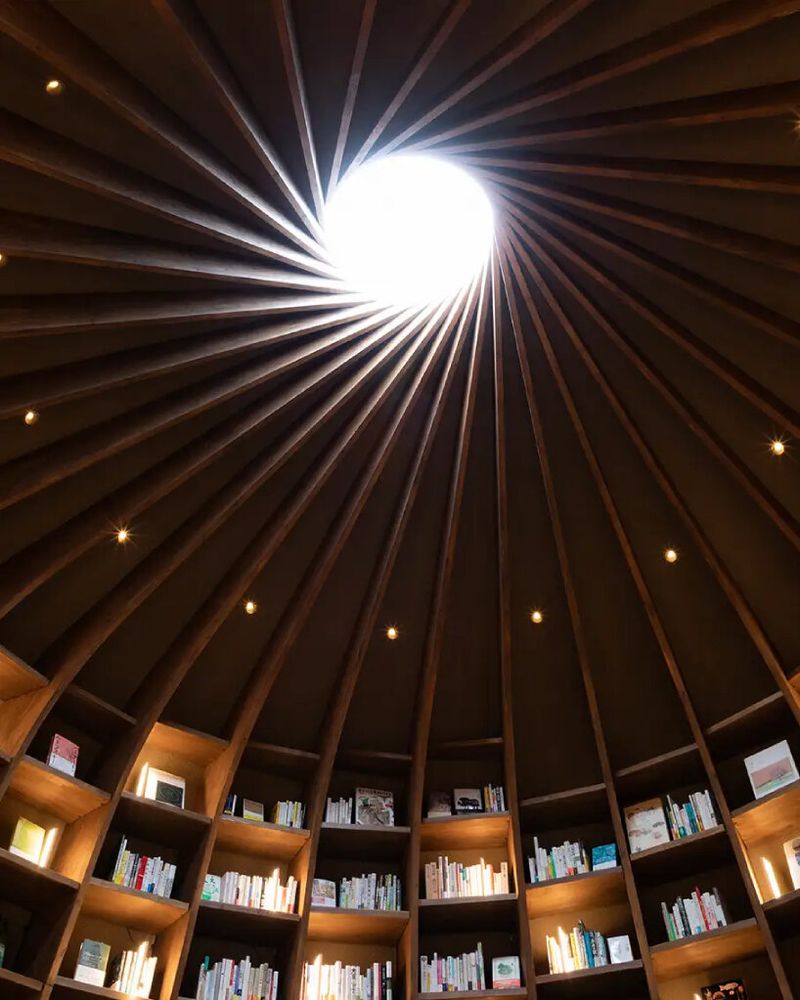
The underground library, though dusty, stands as a sanctuary of knowledge and escape. Shelves filled with old books offer worlds beyond the confines of war.
A single reading lamp casts a warm glow, inviting moments of reflection and learning. Here, minds found solace and inspiration amidst uncertainty. This library, though small, resonates with the whispers of countless stories.
It embodies the timeless pursuit of wisdom and the power of literature to transcend conflict. The library remains a beacon of hope and enlightenment, a haven where imagination and reality intertwine.

